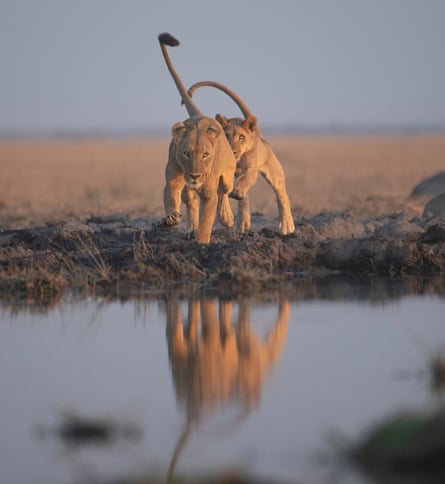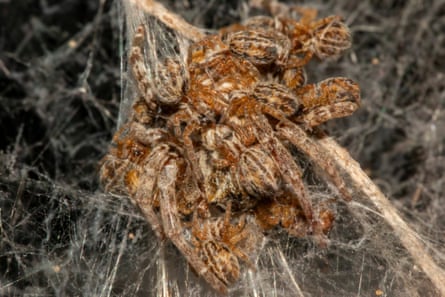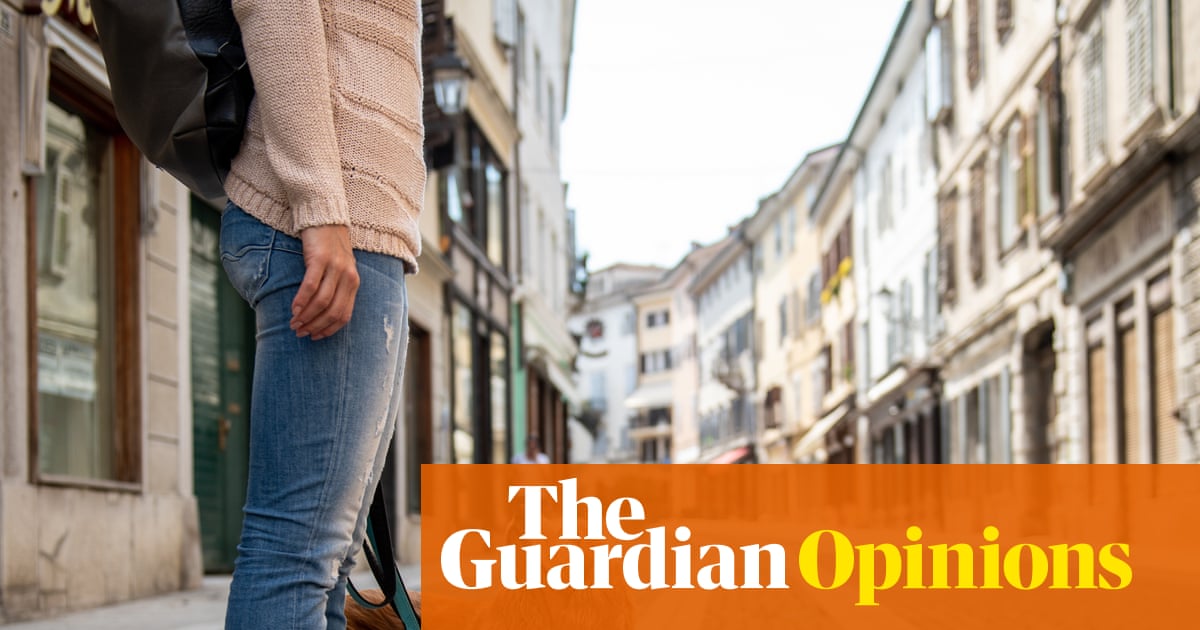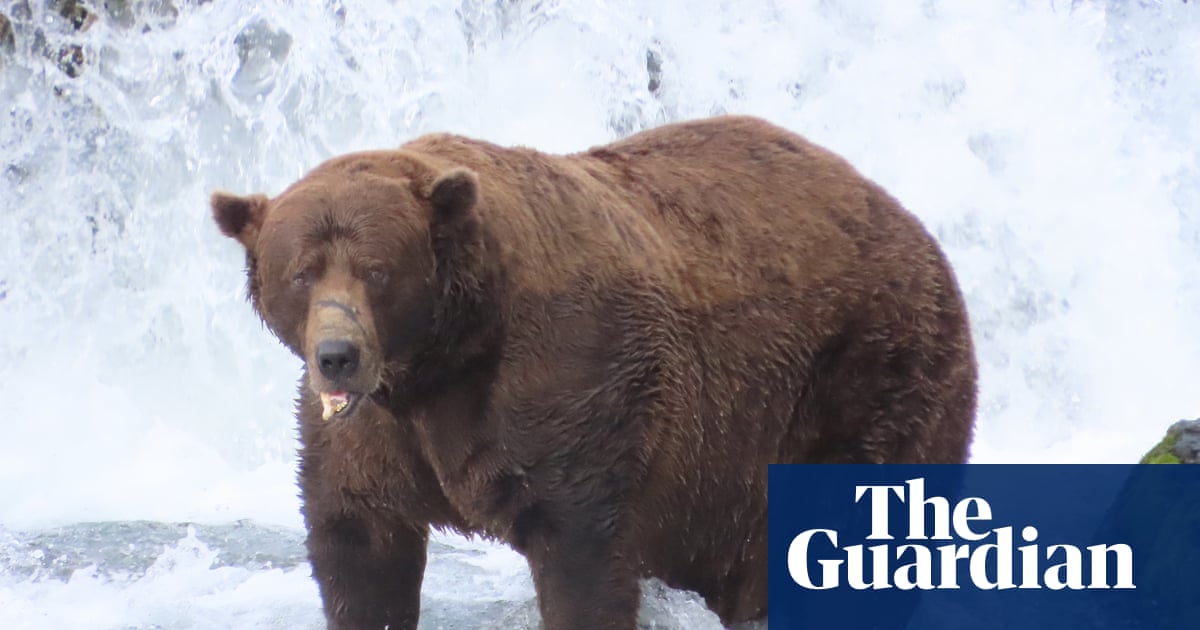PROTECT YOUR DNA WITH QUANTUM TECHNOLOGY
Orgo-Life the new way to the future Advertising by AdpathwayThere must be a rule printed on parchment somewhere at the BBC that says all big wildlife documentaries must feature a sweeping shot of the African savannah at the top of episode one. Wildebeest or buffalo must roam majestically across the grasslands in search of water, only for one of the herd to be brought down by a cunning lion or cheetah. The awe is bittersweet: sorry, big guy, but a cat’s got to eat.
This sappingly familiar narrative plays out in the opening instalment of Parenthood, a Sunday-evening naturefest narrated by David Attenborough, before we have blown the steam off our tea. It sets us up for a show that offers BBC One natural history in a cuter, less spectacular and groundbreaking mode than the channel’s classic shows – but the suspicion that it may not have anything fresh to impart is soon dispelled.

Our interest picks up as we leave Botswana – with its lionesses teaching cubs to hunt buffalo and then having to implement a shared-parenting protocol when one of the mums is gored to death in the melee – and dive into the ocean, to a reef off the Indonesian coast.
A boxer crab sits on 1,000 eggs, keeping her strength up via the ingenious life hack of holding an anemone in each claw and sucking plankton off the tentacles. An ugly, crusty cuttlefish attacks, but anemones are weapons as well as tasty pom-poms, so the boxer crab survives. Then a jealous rival crab mother, rubbing her claws together in the background like a 1940s movie villain, attempts to take the anemones by force. Pincers furiously pince, but, like all the best matriarchs of large families, our pal with 1,000 children always has another clever trick.
Next, we are off to wild Arizona, where it’s dating season: a young male is looking for a good hole. He is a burrowing owl; any prospective mate will want him to have secured a home, which for this species is a burrow abandoned by another animal. When he has found a spot that isn’t still occupied by the angry rodent who dug it, or already colonised by other owls, he and his new partner settle in and have chicks, which consigns them to a long spell of thankless hunting, feeding and saving the offspring from being eaten by roadrunners. Then the chicks grow up, glare at their parents contemptuously – although that could just be the default owl countenance – and leave the nest.

What the ageing, knackered Mr and Mrs Burrowing-Owl do once they have fulfilled their nurturing duties and finally have time for themselves isn’t specified, but even a weary owl divorce couldn’t be as dispiriting as the fate of the African social spider in Namibia. She is the headline act of the episode, initially thanks to the creepy – even for spiders – way in which she and her sisters hunt. Finding prey that has become snagged in their giant Miss-Havisham’s-hair mess of a nest involves a horrific game of grandma’s footsteps, all of them moving together and then stopping dead, as one, so they can listen for tiny vibrations. But when her many kids grow up and Mum gets old, her own movements across the silky filaments become jerky and erratic. In spider language, this sends a clear message: eat me.

Being devoured alive by ungrateful children is as bad as it gets. The galumphing cuteness of lowland gorillas in Gabon, where a silverback dad is eyed casually by his other half as she muses on whether to trade him in for someone younger and fitter, is benign in comparison, as is a tale of endangered iberian lynx that upturns the usual warnings about humankind’s malign influence on the natural world. Mother and baby lynx live prosperously as a result of farming practices that have been recalibrated to benefit the wildlife.
after newsletter promotion
Both sequences are merely pleasant diversions rather than spicily relatable parenting fables, the rhythm of which is also interrupted by a trip to a drying river in Tanzania, where an imminent lack of water is a problem for a hippo mum who is a better provider and protector when she is sploshing about. The trek into the dry wilderness for food looks as if it will develop into an allegory about the difficulty of performing crucial tasks with a toddler trailing behind, but then lions turn up, so it devolves into the old story of one of the pack losing their nerve and becoming a cat treat.
If lions are to keep their place as the stars of nature documentaries, they need to come up with some new ideas. Parenthood, however, has just about enough of those to survive.


 1 month ago
40
1 month ago
40





















 English (US) ·
English (US) ·  French (CA) ·
French (CA) ·